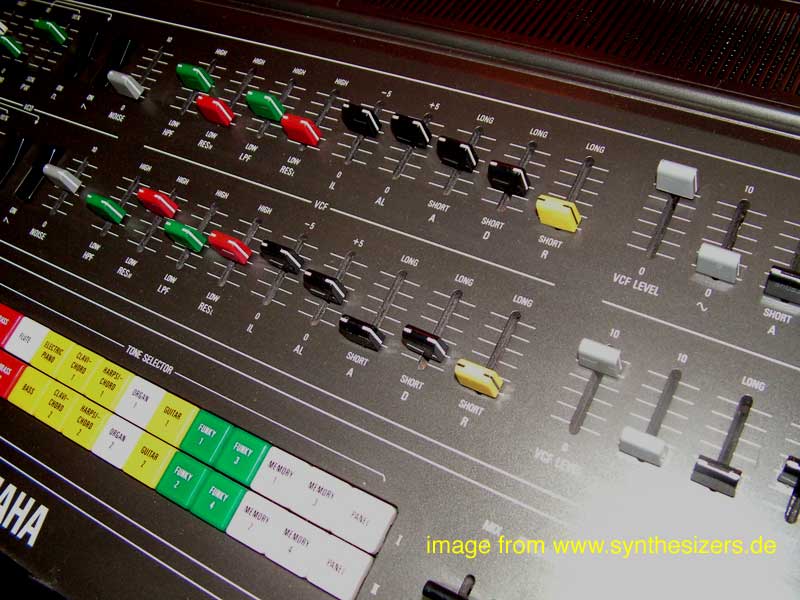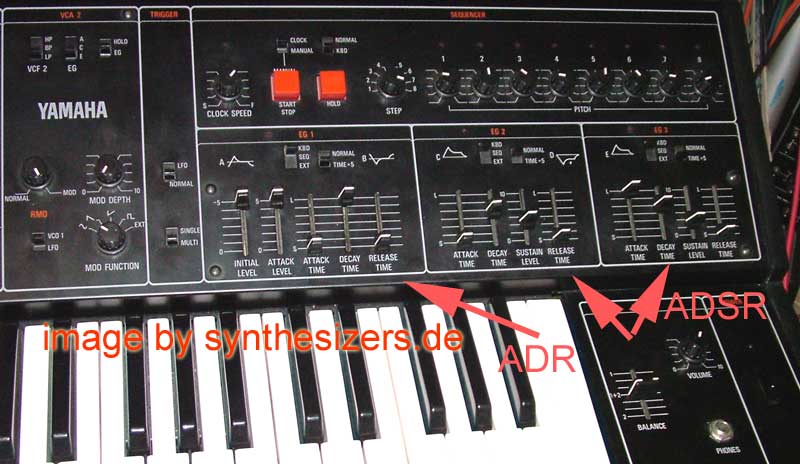It's nice to see the hard work researching and documenting my journey into the SS-30 get some recognition...
Der Yamaha SS-30
Every now and then I decide to Google the SS-30 and see if anything new has come up. Usually, it's just an auction, but sometimes there is a new article mentioning the SS-30.Yesterday this came up:
https://www.amazona.de/blue-box-yamaha-ss-30-string-synthesizer/
Here's the Googlish translation:
https://translate.google.co.uk/translate?hl=en&sl=de&tl=en&u=https%3A%2F%2Fwww.amazona.de%2Fblue-box-yamaha-ss-30-string-synthesizer%2F
Amazona is a German website dedicated to synthesisers and this article is written by keyboardist Costello. I'm very pleased to see that he has quoted this blog and credited me throughout!
 |
| Costello's SS-30 in close-up |
Found in translation
The Google translate does a decent job and it's quite readable. Even where it's a bit hard to parse it still makes sense.
"Those with the organ made rock, with the string part epic-spun "pothead music" - no play under 7 minutes."My favourite quote though is:
"Steven Norgate dedicated his own website to the instrument, where he documents his self-imposed goal of the (very elaborate) MIDI-coding of the string synthesiser"Don't forget about the crazy the rack mounting!
Costello talks through his early desire for a strings machine which is then rekindled by seeing Ultravox live in 1981. He is a fan.
Then he goes through the competitors and the market for stringers before getting down to a detailed description of the functions - laying out its strengths and weaknesses.
He notes that the violins are better suited to the Orchestra effect whilst the Cellos are surprisingly good without and work as a bass synth part. This is where the selection of which one to send through the effect is crucial.
He then reviews the use by Ultravox and Dave Formula and via him to the current market value and his own recent purchase. With a nod to the unobtanium chips the review is over and I have to say its the best yet - if only because I have covered most of the same ground already! 😉
Just a Limit
Let's take those limitations one at a time:
Shrill violin
I can't argue with that, but there is the Brilliance control and with the Orchestra and with a good measure of reverb it's basically fine. Costello's comparing with the Solina and other stringers - so it's all relative.Only does strings
True. A few times I've thought about what it would take to try and tap-off a sqaure-wave voice from the dividers. Apart from the ridiculous amount of wiring involved it just isn't worth the effort though. There would be no enevelope either.Only fast/slow control for the attack
True, and I've looked very carefullly about how to modify that, but it's more of a re-design job than a modification. I have a whole post about that limitation in the works.Noisy Orchestra effect
Not a problem unique to the SS-30 though. Gating and eq'ing can help. It might be possible to clean it up with some newer components, but I haven't ever thought it was bad enough to warrant that kind of intervention.Mono only output
This is something I have thought about addressing already, in this post. It's quite possible, but will need a bit of extra output buffer amplification.No separate output for violins and cellos.
I've only considered this briefly in the past, but couldn't see much to gain from it. Costello is clearly interested in putting different effects on each voice though, so should I reconsider it? I might. It depends on the levels, but there is an obvious place to feed the voices from, just before the Orchestra sedtion. And I'm going to be rewiring there anyway, so it makes sense...Orchestra depth
Also, in the comments section, another person previously quoted in the article, 'iggy_pop' notes that "the depth of the chorus modulation (never enough)". As I noted in the Orchestration post the so-called depth setting on the SS-30 is mix depth, not the modulation depth. However, I can add a control for this LFO/modulation depth, but it would not increase the amount of modulation. Do I need to see how it might be boosted as well as cut? I will take a look at the voltage out of the Phase Mixing section to see how much is being swung on those outputs.If he was actually talking about the LFO rate, then I can probably do something there as well. The rate is limited compared to the Yamaha CS-15, which uses the same oscillator chip.
It's A Demo
But wait, there's one more treat in store! Costello has created fifteen tracks using the SS-30 to demonstrate the versatility of the old beast. Picking up styles from the likes of Pink Floyd, Genesis, Ultravox, John Carpenter, and other late-seventies influences, he uses external effects from the same era to show what the SS-30 sounds like in a variety of settings.
There is a mixture of full tracks and parts showing off certain features, such as the detune. The use of a good reverb is well noted and is something I have been considering for the long-term.
Marvellous!
 |
| Costello's SS-30 with a bunch of vintage and vintage style FX pedals |






















































.jpg.63a5e1dba37390aff624186d854f7a05.jpg)











